Review of Russia House, The
Introduction
This political style plot tells of three notebooks that are supposed to contain Russian military secrets and information. The notebooks are handed to an expatriate British publisher during a Russian book conference by a Russian book editor named Katya, (played by Michelle Pfeiffer) in order for them to be published. Katya is a very secretive woman who asks a lot of questions but doesn’t give many answers.
The British Intelligence find out and are desperately keen to know if these books are genuine. They require someone to investigate people in Russia and get the help of the aforementioned publisher Barley Blair played by Sean Connery, who has a lot of experience when it comes down to Russia and Russians as he seems to spend more time there than in England. Barley, a character who doesn`t respond well to authority, lands himself in a situation more complex than he first thought when he finds out about the source of the notebooks and has to make a decision between his task or Katya and her family.
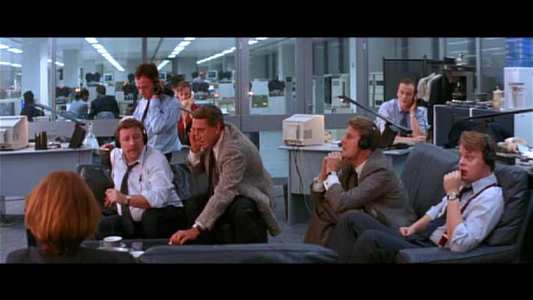
Video
This beautifully shot movie gives out a vast array of detail in regards to the scenery and locations and makes the best part of the visual experience. It also gives a break, to the viewer, from a lot of the movies that feature Manhattan skylines, Los Angeles streets and the usual U.S. activities. The DVD transfer is anamorphic widescreen 2.35:1 and is utilised extremely well on some of the scenes. The picture quality is of a high standard and shows off the rich, bold colours in both the interior and exterior scenes. The blacks are also bold and there isn’t any evidence of specks or dropouts in the print. The colours look detailed and are shown off well on a few certain scenes that feature oak or wood furniture around or behind the characters. The skin tone colours are displayed well and look realistic too.
The interior scenes seem to be mostly large conference rooms or offices, that include tables, desks and people in groups wearing suits or uniforms and having political chats, these aren’t much on the scale to the other locations but serve the purpose for a lot of the important scenes.
It is the outdoor widescreen shots that make you ‘live’ in this movie, statues and guards are marching around and give Russian examples of detail, vast open squares are fully shown in the long shots and give a sense of proportion and scale to the spires and buildings around them, some are large and some long. Barley’s journey to Leningrad presents even more elaborate scenery and camerawork through train windows, and adds in some of the more slum type areas as comparison. Even the subway scene is remarkably good and shows ceiling paintings around the arches and is all emphasised through widescreen very well.
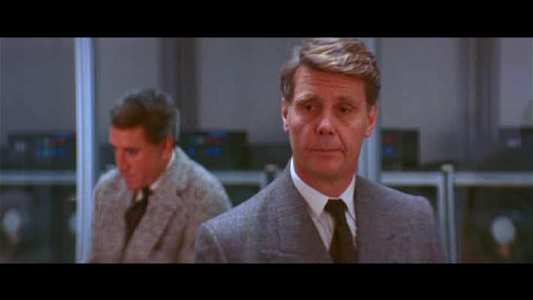
Audio
After being presented with the MGM logo featuring the Dolby Digital 5.1 mix, you are treated to only a downgraded audio experience of Dolby Digital Stereo. By up mixing to Dolby Pro Logic you do get a centre channel for the dialogue, hence making the movie a little better at least. The audio quality is quite good and clear; Michelle Pfeiffer puts on a delicate Russian accent but sounds good enough and sexy at times. The foreground ambient effects are clear, as are the background effects although small in number. Barley playing jazz around the table, with a merry group joining in with whatever they can use, is a good example of different types of sounds that are clear and distinctive. The plane engines in one scene are low and ‘humming’ and sound real enough. It is quite possible to notice a hint of rear speaker effect in Dolby Pro Logic, as a plane during one scene flies over, but obviously you have to up mix from stereo first.
The majority of the music score in this movie is a mixture of a jazz style and slow mellow strings sometimes from a double bass and sounding very sinister and brooding. The bass seemed to add more to the atmosphere of the music to suit the scene. Jazz music without the strings is played at a nightspot and hall by Barley himself during the course of the movie. Surprisingly the score didn’t seem to have any Russian reference to it and pushed more towards the ‘thriller’ type theme with its long notes and shadowy style.
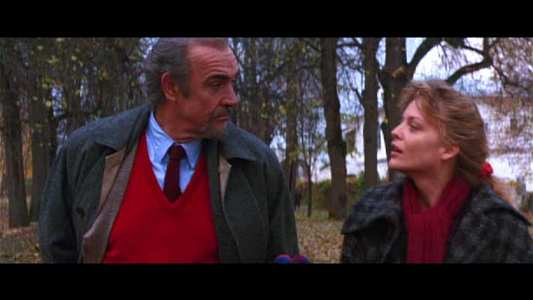
Features
The first sub menu is a language select screen that moves swiftly into the main menu and features a basic set-up. The title is centred top and a small collection of stills line the bottom of the screen, the available options are only play, scene selection, language options and trailer. There is nothing animated and no audio is present either.

Conclusion
I found that this ‘international espionage’ type plot was too slow paced overall and I got quite lost in the information given, and found it all a bit hard to follow clearly. The acting from Connery and Pfeiffer was done quite well and even from some of the other familiar stars like Roy Scheider who played Russell for example. The character with the white hair named Walter had to be the worst of the lot, he seemed too eccentric and started to look bad in the scenes, was he supposed to be a comical element for this movie because if so, it doesn’t work at all. What a pain! There was one scene that tickled me though and it’s where Barley chats on the bridge to the young civilian who is bugging him about cigarettes, drink, drugs and currency for sale. The youth asks, “you get lost?” looking at the map in Barley’s hand (I guess). Barley just replies, “That’s a good idea, why don’t you try!” That’s about the entire comical element you can add in a storyline like this really, but didn’t make the movie any easier to watch.
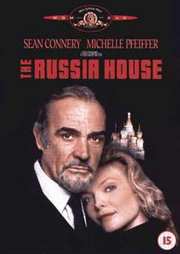
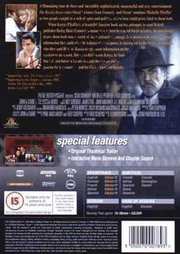



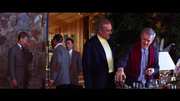
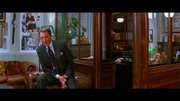
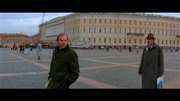
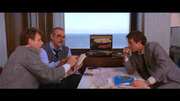
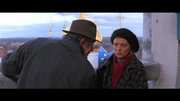
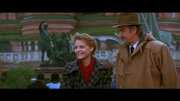
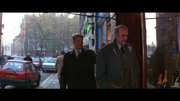

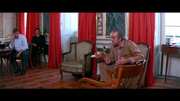
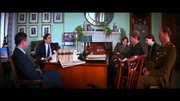
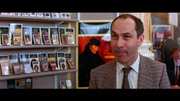
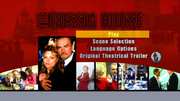
































Your Opinions and Comments
Be the first to post a comment!